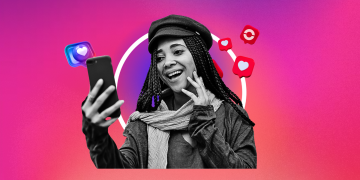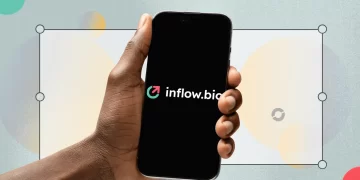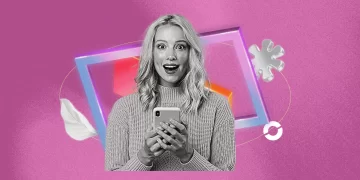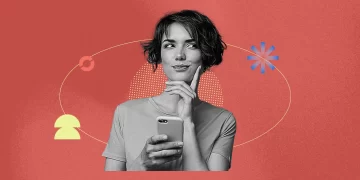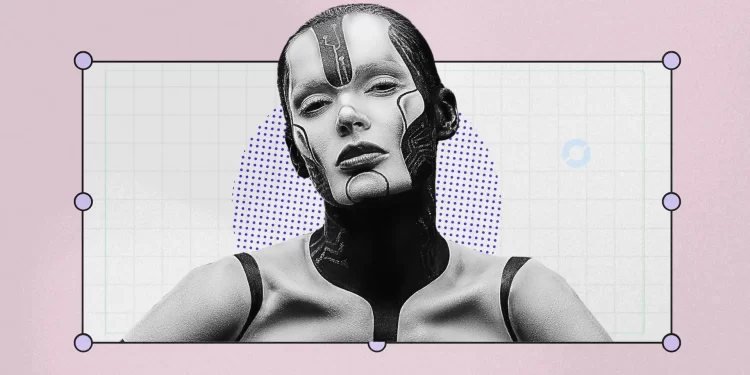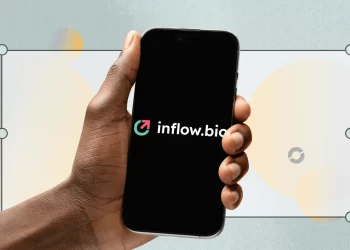Google’s new GenAI model doesn’t just make clips. It rewrites what we trust.
It started with an 8-second video. A surreal loop of influencers frozen mid-pose while chaos bloomed in the background. At first glance, it felt like a short film. But it wasn’t shot. It was generated.
Veo 3, Google’s latest leap in AI video creation, isn’t just a new tool, it’s a threshold. A boundary crossed between human vision and machine hallucination. In 2025, we’re no longer asking if AI can generate video. We’re asking if we’ll know when it does.
The first fully artificial frame
There are plenty of AI video tools out there. But Veo 3 does something others haven’t: it generates not just realistic visuals, but consistent characters, controlled camera work, full dialogue, and immersive audio. It doesn’t produce clips, it creates scenes. Fiction with fidelity.
Artists are already using it to make short films, media outlets to prototype coverage, and content creators to blur the line between reality and render. The result? A feed full of moments that feel real but aren’t. And most viewers don’t stop to check.
From creative tool to trust crisis
Google is quick to position Veo 3 as a creative partner. It’s integrated into Gemini, accessible via Flow, and celebrated in partnership with names like Darren Aronofsky. But even as Google touts its artistic potential, misinformation researchers are bracing for the inevitable: an internet flooded with hyper-real fake content.
Veo 3 embeds invisible watermarks. SynthID signatures. Metadata tags. But will the average user pause to inspect them? Will platforms be able to track and flag subtle manipulations at scale? What happens when your favorite creator, politician, or even family member appears in a video that never happened?
A new aesthetic for a new internet
Early Veo clips still carry an uncanny smoothness. A gloss that hints at something not quite human. But if history is any guide, that’s temporary. The fingers will normalize. The motion will sharpen. The lighting will settle into something indistinguishable from cinema.
When that happens, we’ll need new literacies. Not just media literacy, but motion literacy. Not just “can I trust what I see?” but “can I track where it came from?”
What comes after seeing?
Veo 3 doesn’t just produce content. It shifts the burden of proof. The internet has always had trust issues, but video was supposed to be the evidence. Now, even that’s up for debate.
In this new landscape, creators gain power. Misinformers gain cover. And audiences lose the quiet certainty of knowing what is real. We’ll need new standards, stronger platforms, and above all, deeper awareness.
Because the age of video is ending. What comes next is the age of plausible video. Generated not just to look right, but to feel true enough to believe.

